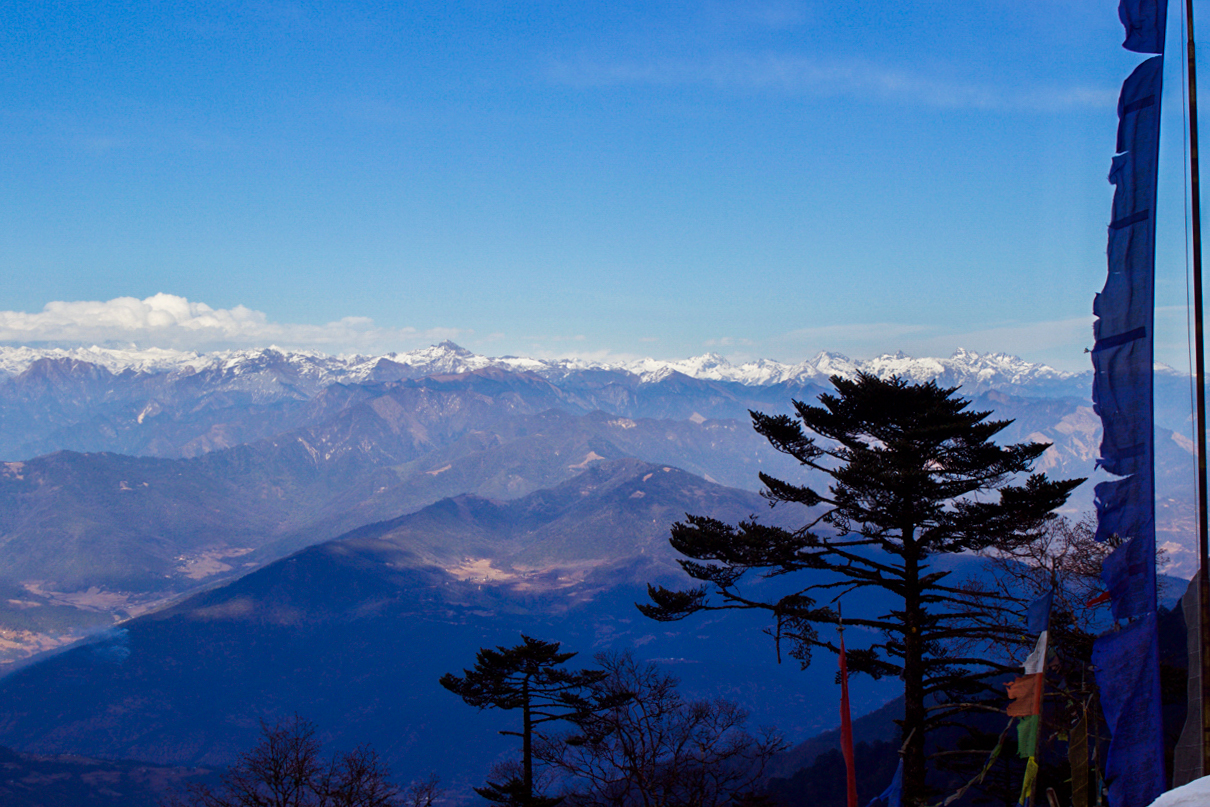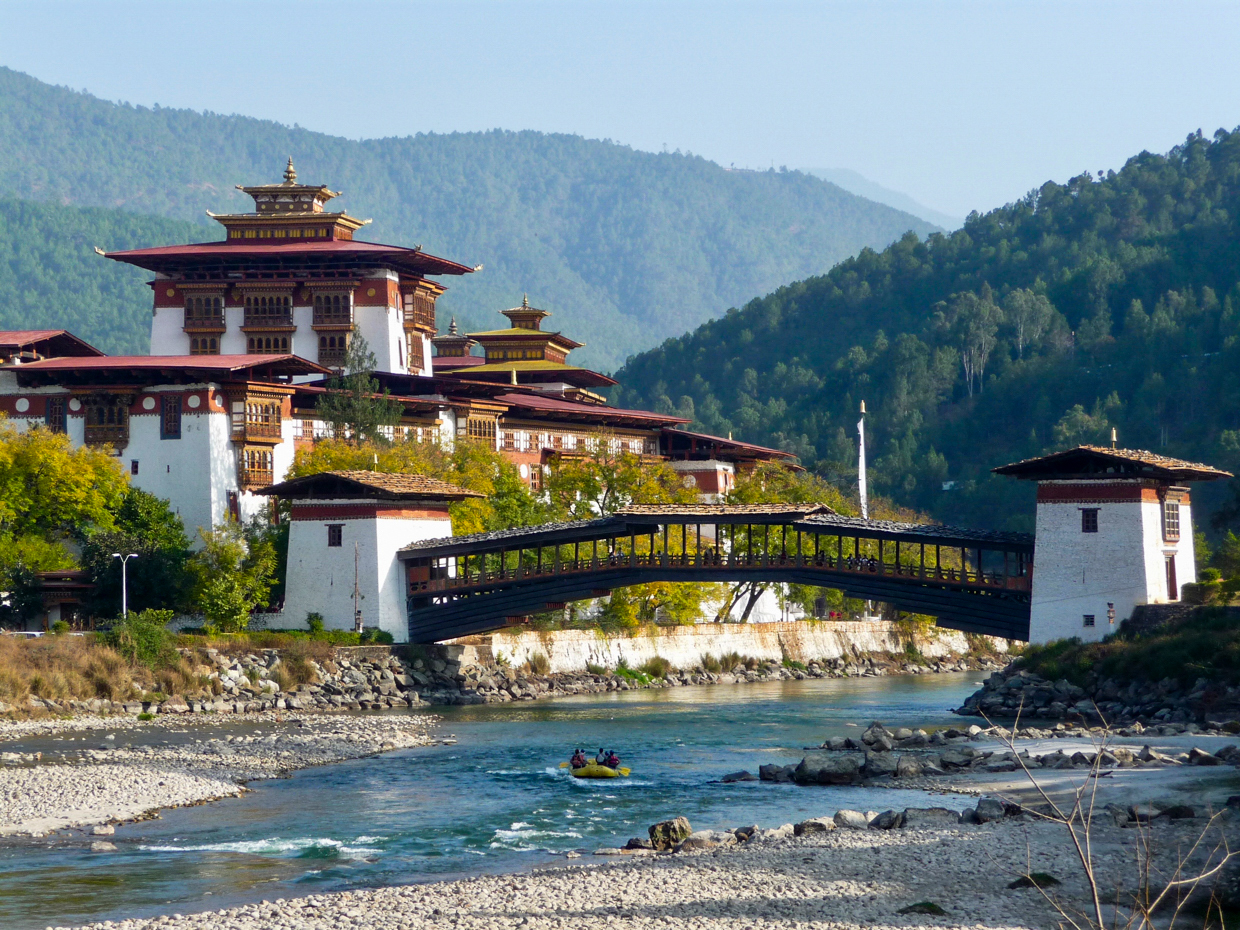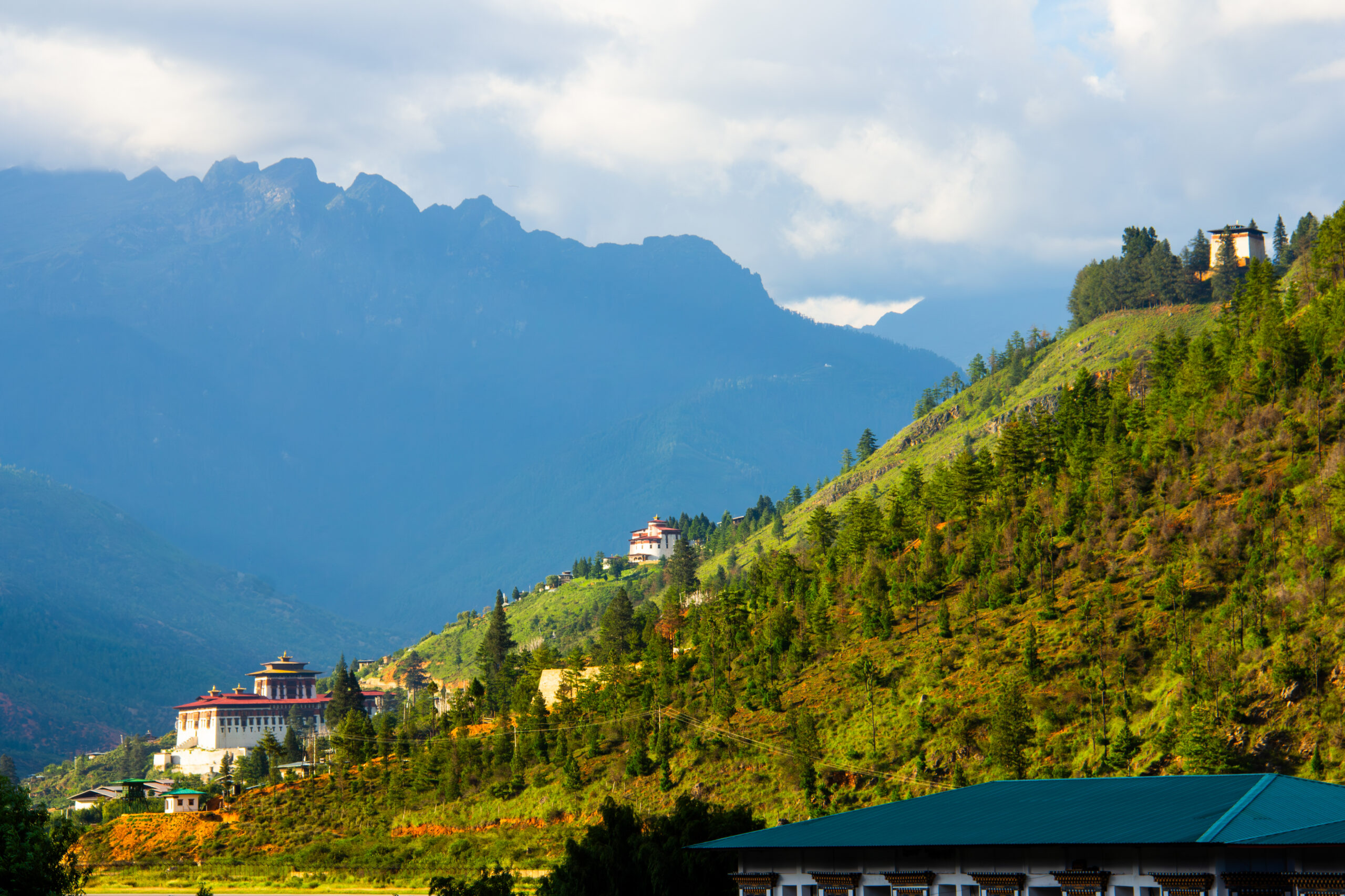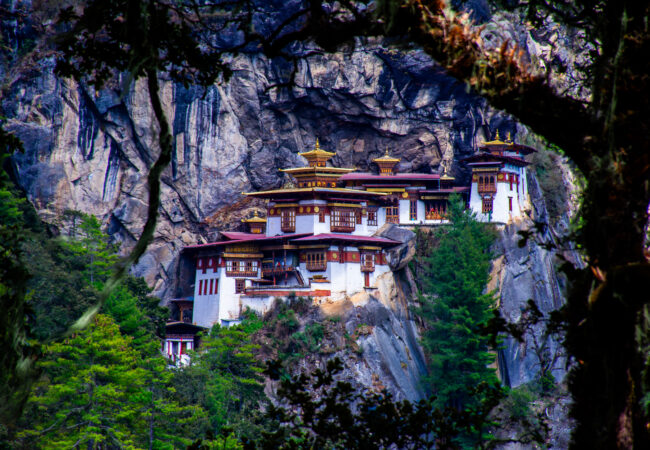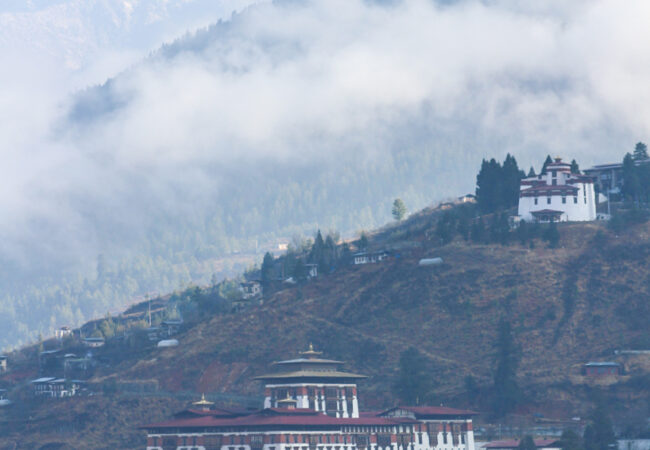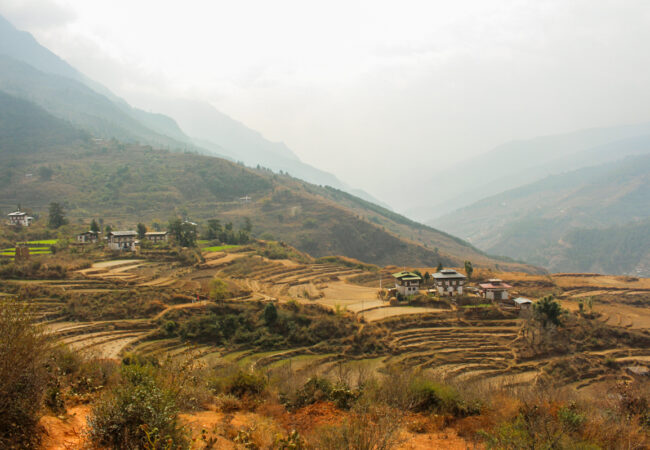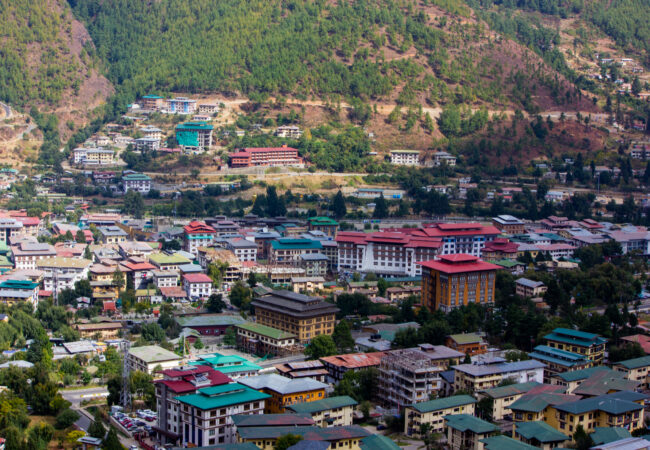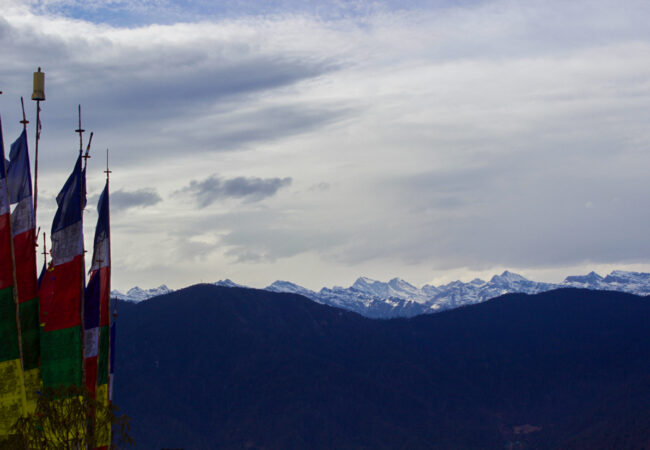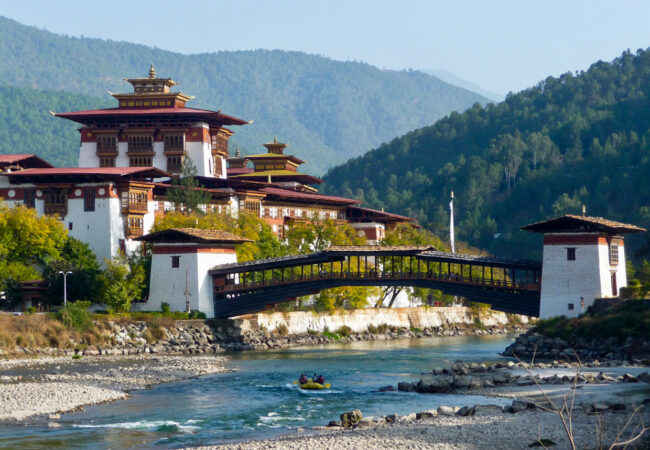To More Inquiry
Tour Type
To More Inquiry
Email:
[email protected]
Thimphu
- Home
- Thimphu
Thimphu, Bhutan – The Heart of the Kingdom
Thimphu, the capital of Bhutan, is a unique blend of tradition and modernity, offering a glimpse into the country’s rich cultural heritage while embracing progress. It is the largest city in Bhutan and the political, economic, and cultural center of the nation. Unlike many capitals, Thimphu has no traffic lights, relying instead on traffic police to direct the flow of vehicles—a charming and unusual sight.
Key Highlights of Thimphu:
- Cultural & Spiritual Hub: Home to important landmarks like Tashichho Dzong (the King’s office), Memorial Chorten, and Changangkha Lhakhang.
- Buddha Dordenma: A 51-meter-tall golden Buddha statue overlooking the city, offering breathtaking views of the valley.
- Modern Yet Traditional: The city maintains Bhutanese traditions with its architecture, dress code, and festivals, despite modern developments.
- Arts & Crafts: Visit the National Institute for Zorig Chusum (Painting School) and the Royal Textile Academy to see traditional Bhutanese art forms in action.
- Local Markets & Shopping: The Centenary Farmers’ Market is a vibrant place to experience Bhutanese food, spices, and handicrafts.
- Nature & Adventure: Surrounded by mountains, Thimphu offers beautiful hiking trails like the Cheri Monastery Hike and Tango Monastery Hike.
Best Time to Visit:
- Spring (March to May): Blooming rhododendrons and pleasant weather.
- Autumn (September to November): Clear skies and great views of the Himalayas.
- Thimphu Tshechu (September or October): A grand festival with masked dances and cultural performances.
Thimphu is a must-visit for those wanting to experience Bhutan’s unique blend of tradition and modernity while enjoying its serene landscapes and cultural richness

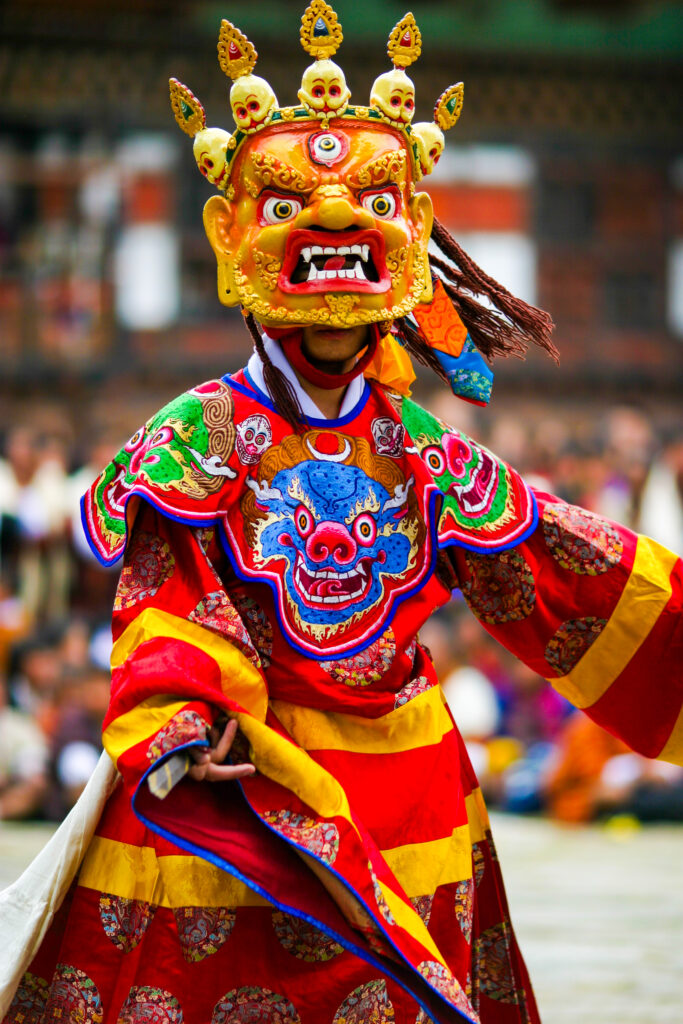
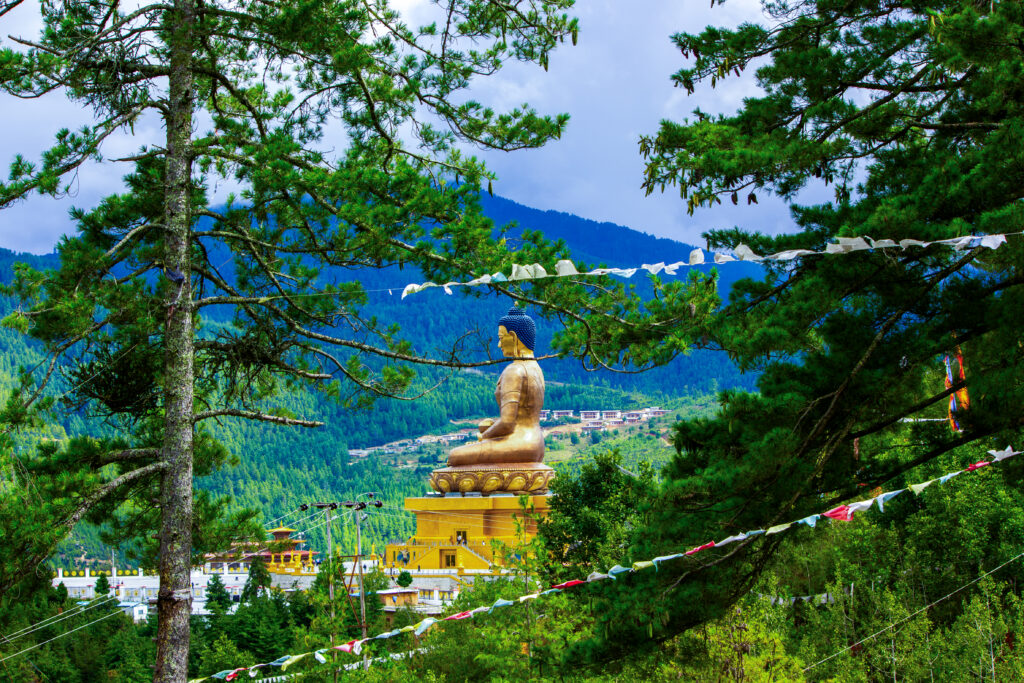
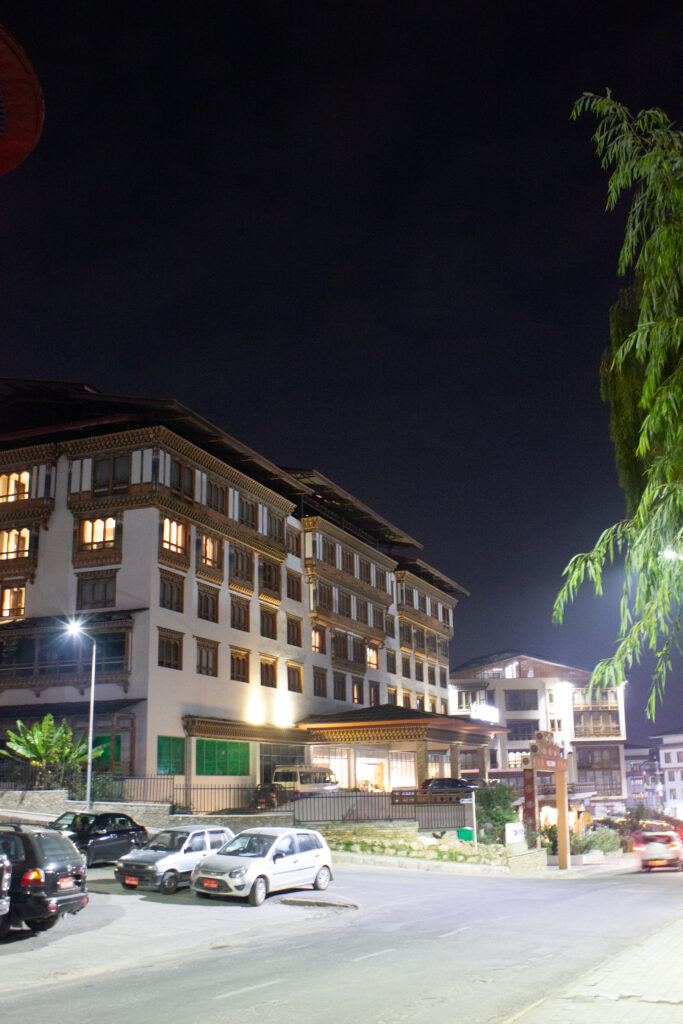
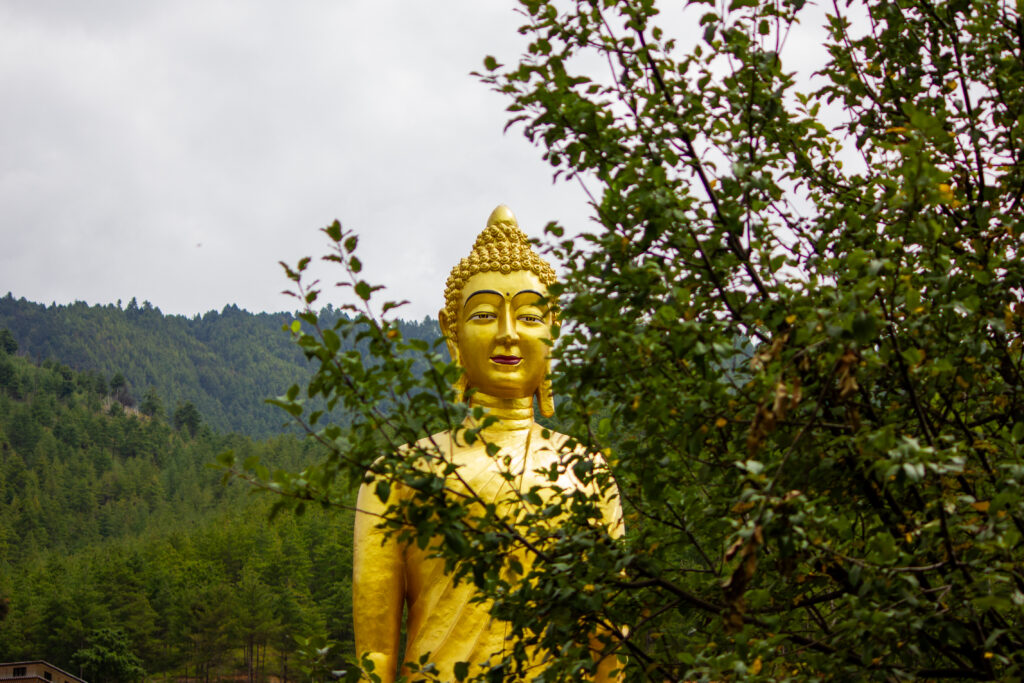
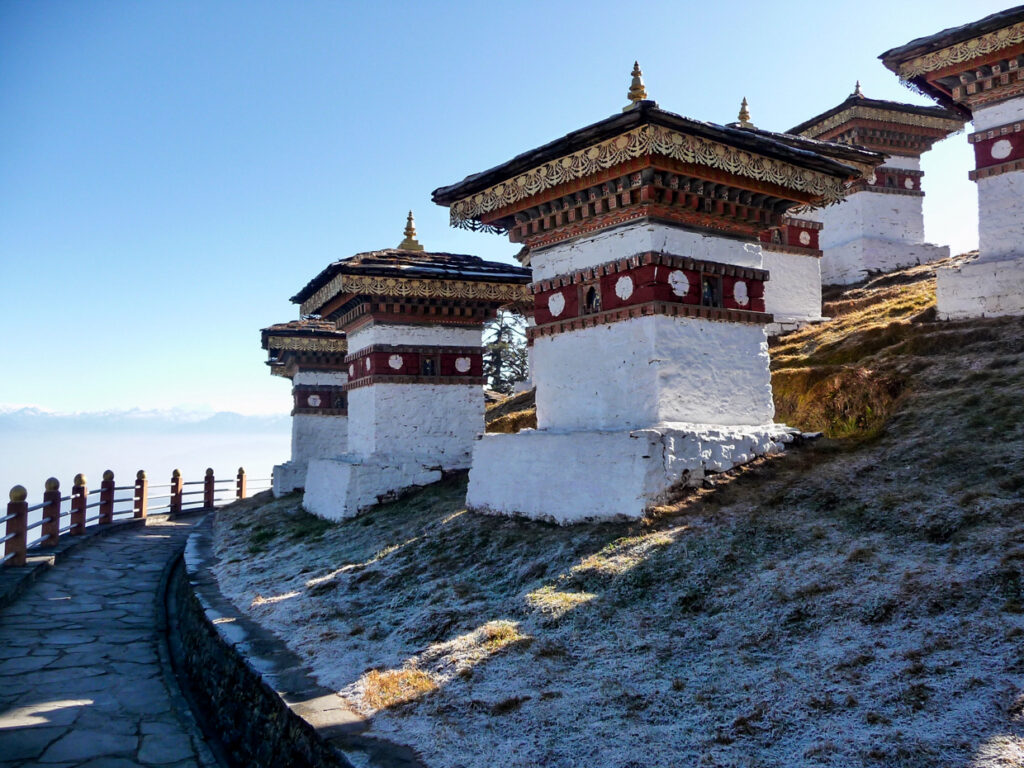
Destination
Thimphu
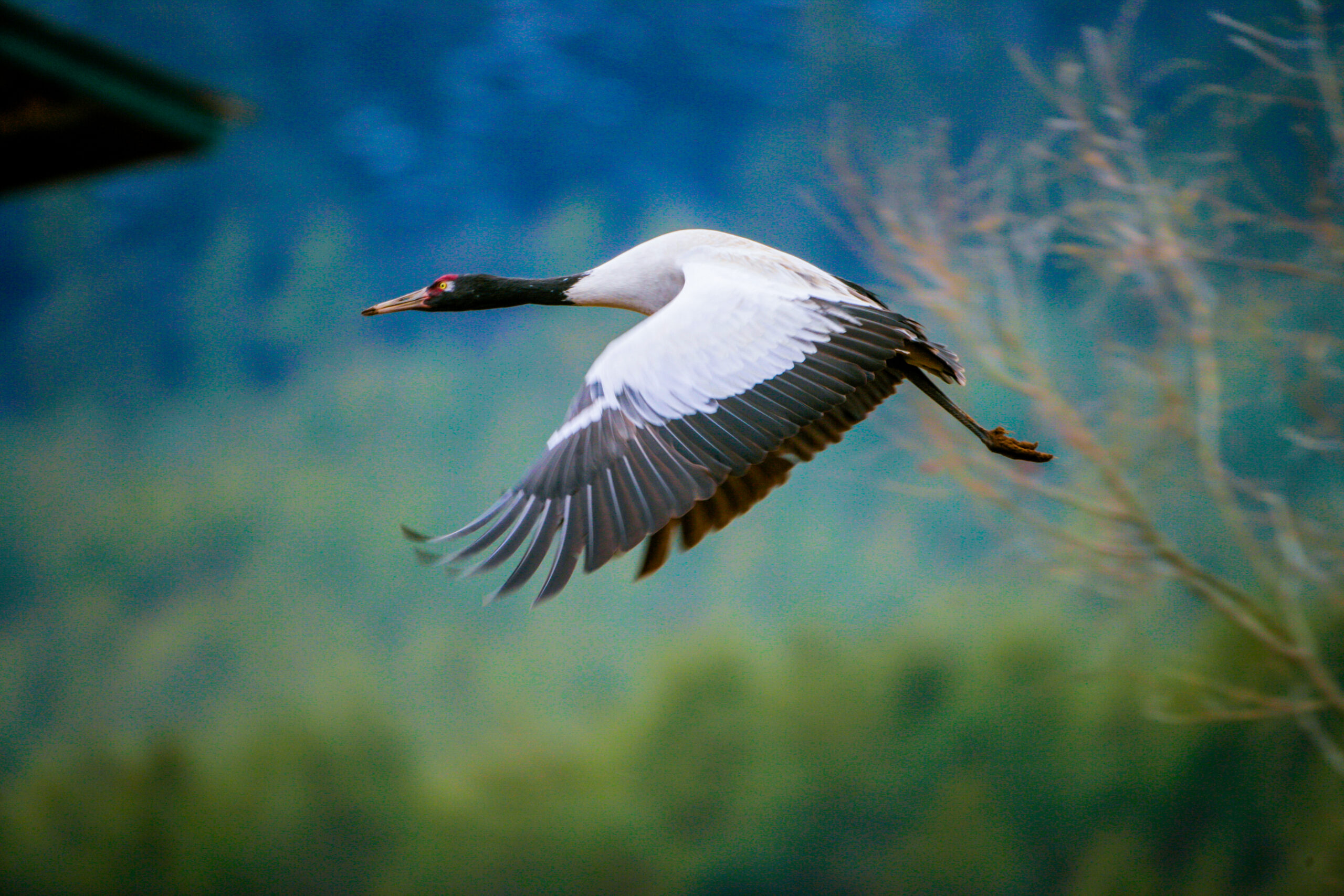
Savings worldwide
View All Package
20% Off
For Your First Book
Thimphu Location.
Recommended Package
Starting From: 290
TAXES INCL/PERS
Starting From: 260
TAXES INCL/PERS
Starting From: 260
TAXES INCL/PERS
Starting From: 285
TAXES INCL/PERS
Starting From:
$1,710TAXES INCL/PERS
Starting From: 270
TAXES INCL/PERS
Starting From: 280
TAXES INCL/PERS
Starting From: 275
TAXES INCL/PERS

